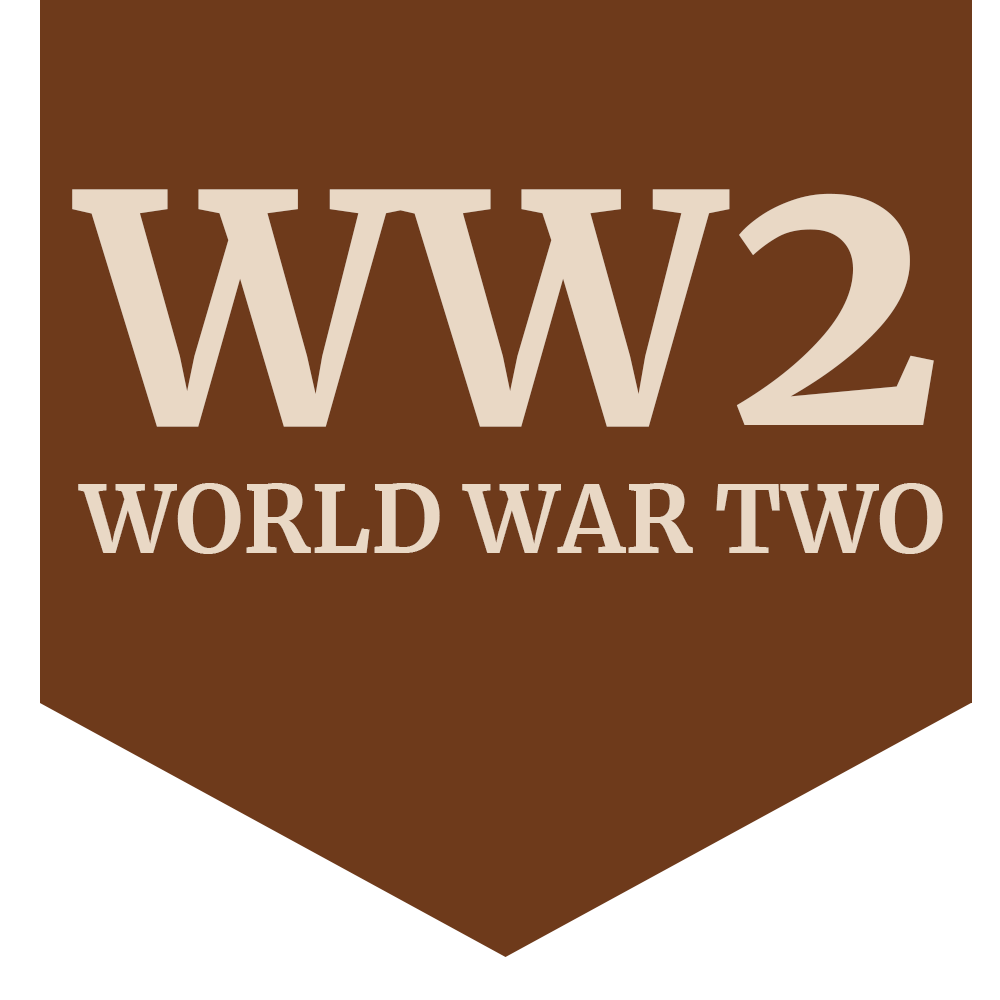
Sydney Wallace Johnson
- Family History
- Military history
- Extra information
- Photographs
Son of William and Olive Johnson, of Derby.
Born in Newark, son of William & Olive Johnson nee Martin of 180 Chaddesden Park Road, Derby.
Three sections were briefed to attack targets in the Eure Valley around Breteuil. Nine Blenheims of the Squadron took off at 1:45 p.m., led by the veteran, Squadron Leader G. W. C. Gleed. Their target included motor transport and a bridge over the River Eure. They encountered flak, one aircraft was forced to turn back, its oil tank holed, and two (Squadron Leader Gleen KIA and Pilot Officer W. M. Lewis) were shot down. Lewis, one engine on fire, gave the order to “Abandon aircraft”. His observer, Sergeant Robert Currie, recalls: “I jettisoned the bomb load, then the escape hatch and blister gun before heading back out of the nose to get my parachute pack on. Then there was a difference of opinion with the pilot. He seemed to think that I had decided not to bale out, so put a foot on my chest and began pushing me out. I waved like mad and got him to see that I hadn’t got my pack on. After that I quickly clipped on my chute, knelt on the edge of the escape hatch, and noticed the altimeter showing 1,000 feet, and rolled out, forgetting to take off my helmet. Whilst getting my chute I had seen the Wireless Operator/ Air Gunner still removing the camera mounting to get at his escape hatch. I pulled my ripcord fairly quickly, the chute opened, I saw the Blenheim going into the ground in a trail of smoke and flame, then I touched down, standing up, very gently as there was no wind. I heard the aircraft’s fuel tanks explode, noticed a lot of soldiers in grey uniforms staring at the wreckage, so quickly got rid of my chute and headed for a ditch.”
Currie soon found that the troops were Belgian, and was able to use his schoolboy French to convince them of his nationality, and that of Lewis, whom he found nearby, “shouting loudly in English, so the foreigners would understand that he was R.A.F.”. Lewis had bailed out at 300 feet, his parachute barely opening in time. The Wireless Operator/ Air Gunner, Sergeant S. W. Johnson, had been less fortunate, and perished in the crash.
Having hitched a ride with a Belgian general as far as Tours, they stayed overnight with a French fighter unit, then hitched a further ride in a Bloch bomber- Lewis as co-pilot and Currie as gunner- and at Nantes joined the personnel of a Hurricane squadron about to fly out their last serviceable machines. Currie was told to join ground crew who were about to be evacuated by lorry to St. Nazaire, and he was smuggled aboard a Handley-Page Harrow about to be flown back to Heston with a load of parachutes- ‘smuggled’ because the Station Commander had decreed that no one was to be evacuated by air, and had only let Lewis fly with the Harrow’s pilot because he lacked a co-pilot or navigator. In the event, Currie ended up navigating, and, despite having no maps, brought them safely to Heston.
Hptm Adolf "Dolfo" Galland ( 1912 - 1996 ) JG26 flying Messerschmitt Bf-109E-3 " Black 1 " claimed a Blenheim in the area. He also claimed a Battle the same day, numbers 14 and 15 of his 104 total.
Unknown




